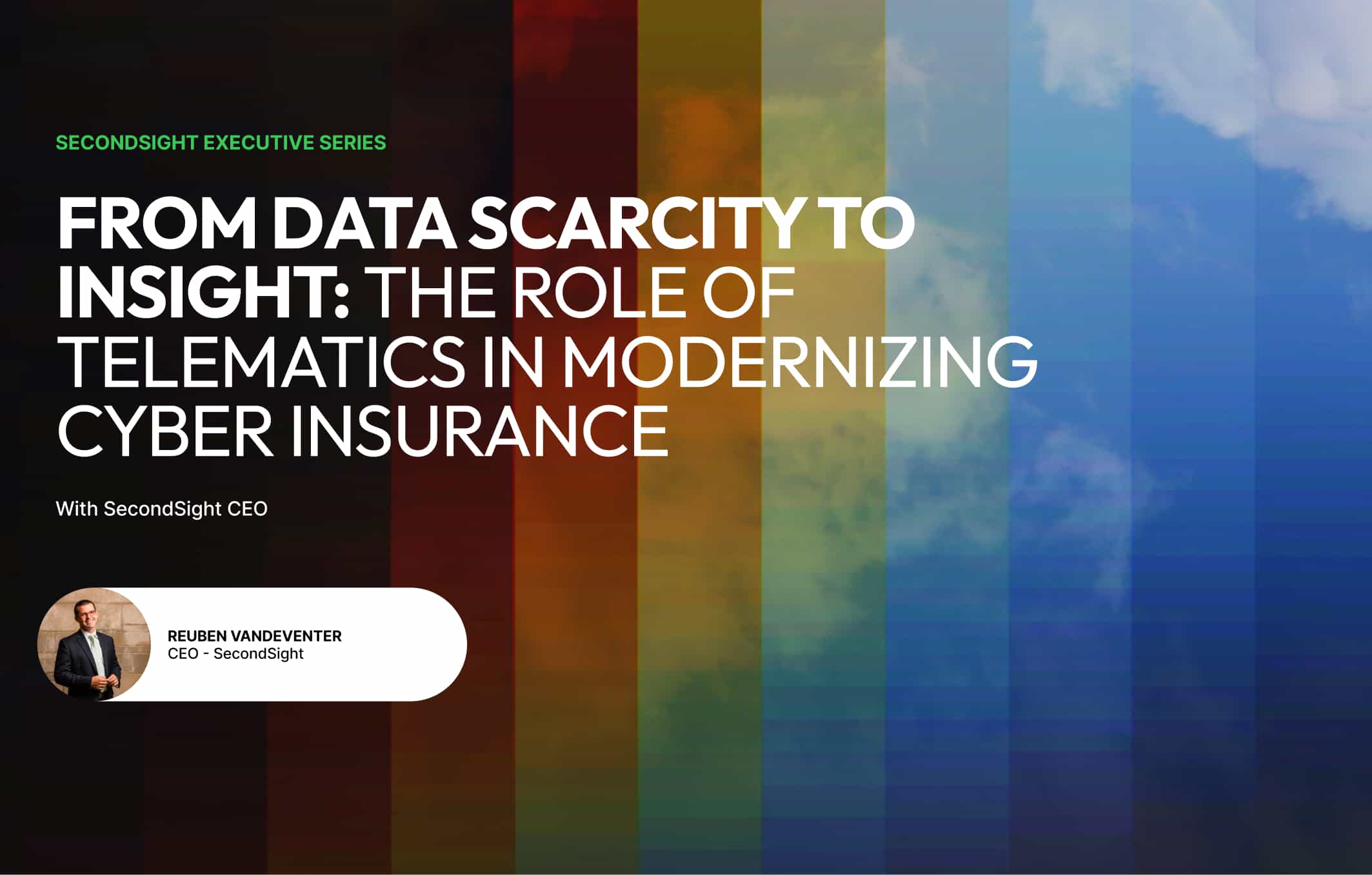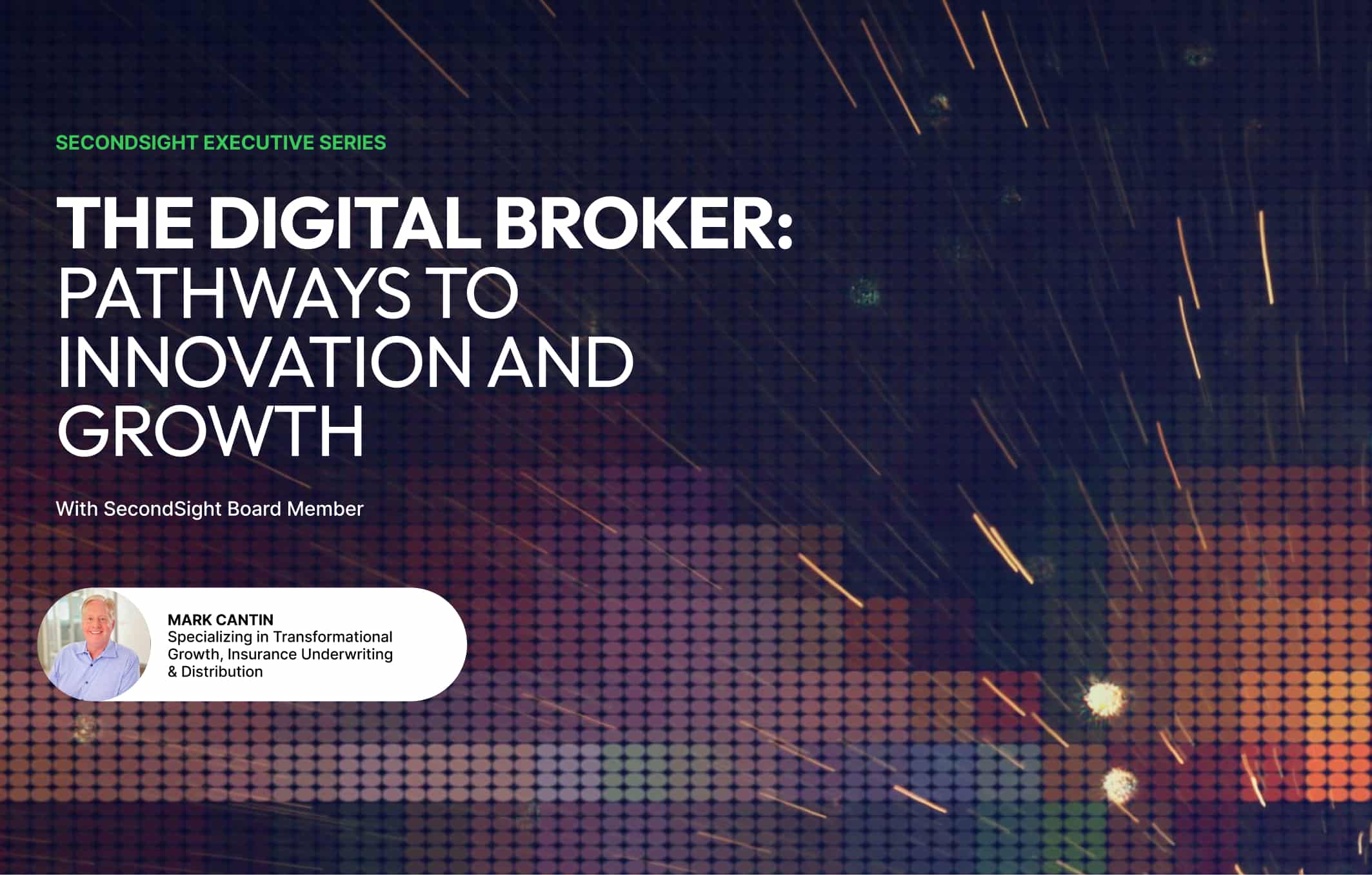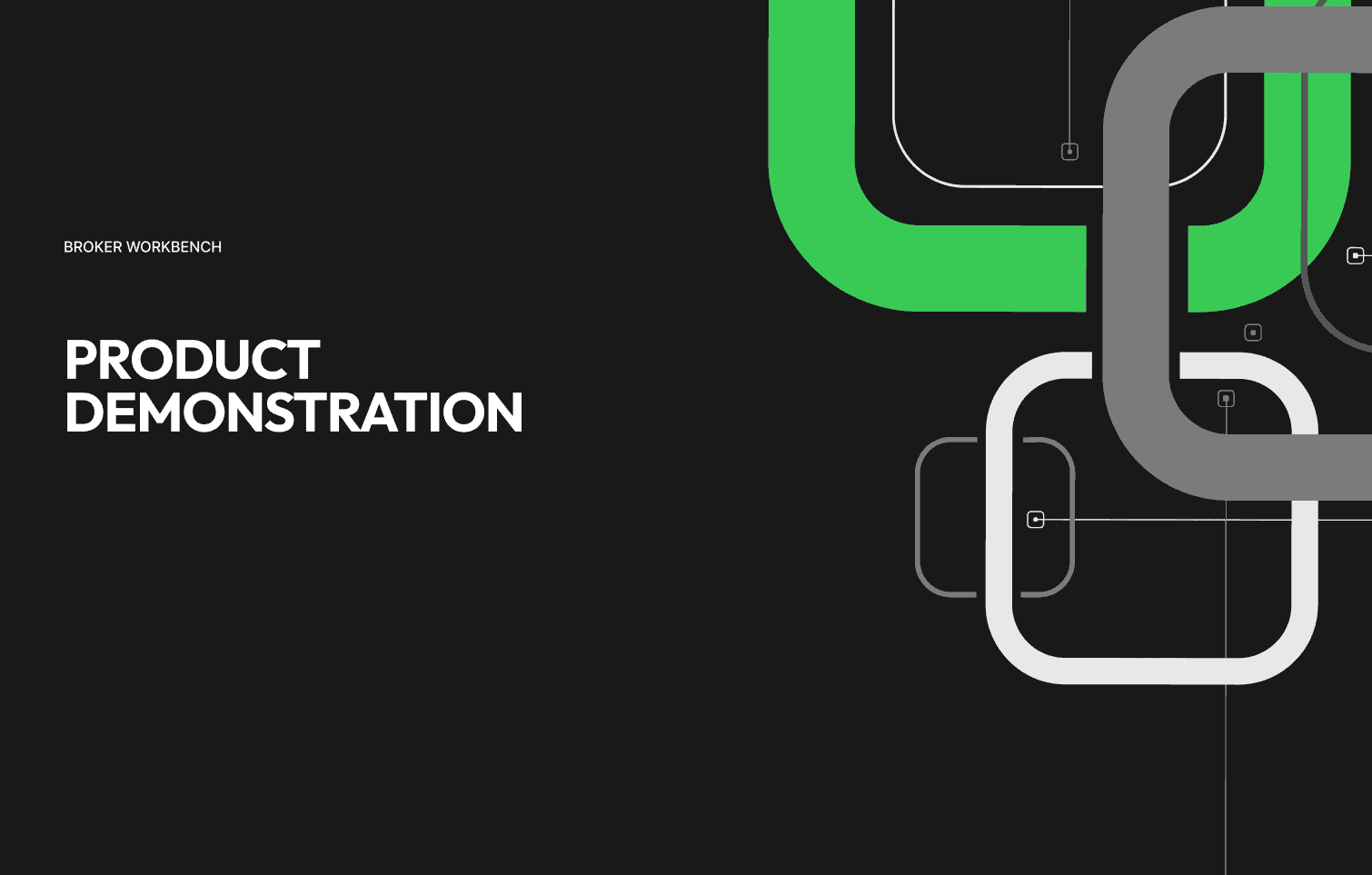Author: Dirk Shaw

In the evolving landscape of cyber insurance, the industry faces a pivotal challenge that is both a risk and an […]

Today, I find myself navigating a brokerage landscape that’s more dynamic and filled with potential than ever before. Standing at […]

In today’s rapidly evolving digital ecosystem, the imperative for digital transformation spans across all industries, with the cyber insurance sector […]

The Imperative of Legal Privilege in Cyber Insurance Applications Introduction: In the complex world of cyber insurance, this conversation with […]

As we enter 2024, the digital landscape continues to pose significant challenges for companies worldwide. The increasing complexity and frequency […]

Introduction: In the intricate world of cybersecurity, where digital threats evolve at a dizzying pace, businesses grapple with a dual […]

In an era where the velocity of change is as daunting as the regulatory hurdles, the insurance brokerage industry finds […]

At SecondSight, we understand that the insurance industry is complex and ever-evolving, especially within the cyber insurance sector. Brokers are […]

In the competitive realm of cyber insurance, understanding the value of your brokerage book is key to unlocking potential growth. […]

In the rapidly evolving world of cyber insurance, SecondSight stands out as a beacon of innovation, offering a suite of […]